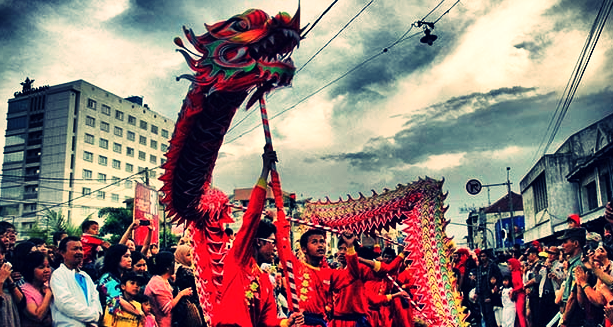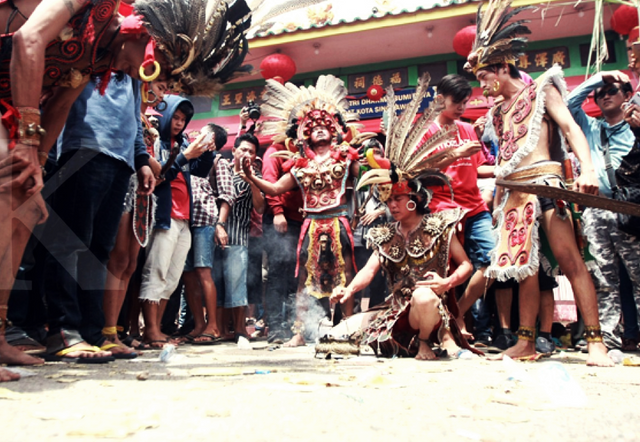Cap Go Meh For Tionghoa
Cap Go Meh is symbolizes the 15th day and the last day of the Lunar New Year celebrations for Chinese communities around the world.
This term comes from the Hokkien dialect and literally means the fifteenth day of the first month (Cap = Ten, Go = Five, Meh = Night).
This means that the Lunar New Year celebration lasts for fifteen days.
Formerly, Cap Go Meh was done in private for the court and unknown to the common people. This festival is done at night, so it must provide many lanterns and various colorful lights. Lampion is a sign of the welfare of life for all family members. Hence, Cap Go Meh is often called Festival Lampion. When the Han Dynasty ended, Cap Go Meh became known to the public. When Cap Go Meh, people can enjoy each other while enjoying the scenery lanterns have got a lot of decoration.
WHAT RITUAL IN CAP GO MEH ?
- Dragon Ritual Open Eye
Tri Dharma Vihara chairman Bumi Singkawang, Wong Fie Hung, said the dragon according to Chinese beliefs is a sacred creature from kahayangan.Kalau held a show on earth must undergo open-eye ritual in an older worship place.
"After the dragon's attraction, the completion must be burned to return it to its original place, kahayangan.On the 20th day all dragons open the eyes must be returned, if ndak can bring havoc," said Wong Fie Hung, while watching the dragon ritual open eyes at Tri Dharma Monastery Bumi Singkawang.
A person who leads the eye-opening ritual opens the dragon's blindfold.
- Road Wash Rituals
Road Wash Rituals are one of the traditions of Tionghoa society before the start of the tatung parade.
The ritual has been done from generation to generation and has been going on for a long time.
In an attempt to ward off evil spirits and make the implementation of the parade with the attraction tatung running smoothly.


